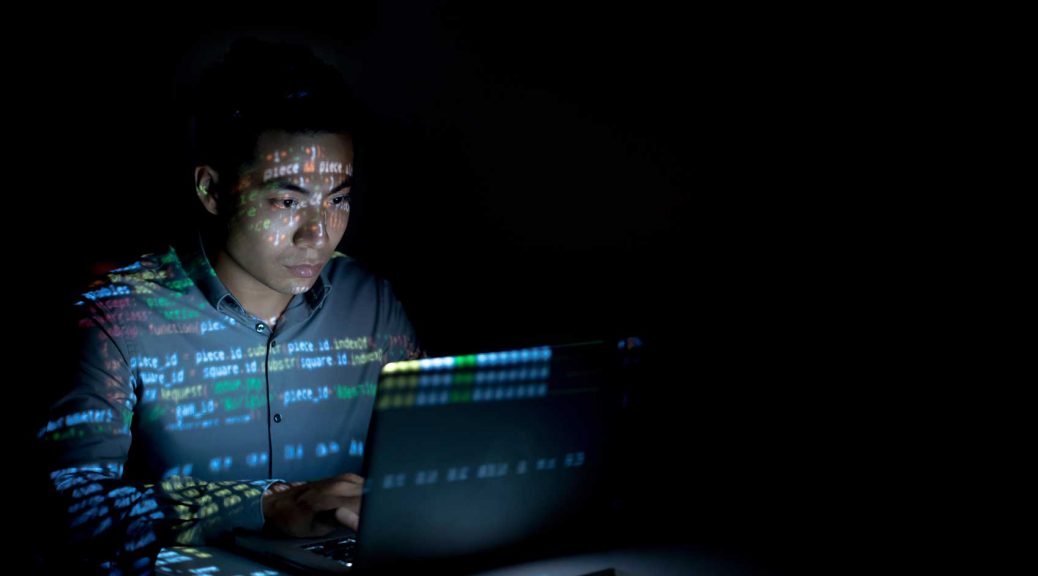
On November the 2nd we witnessed a new spam campaign delivering emails each with a Word document attachment targeting UK companies. Each email message had the subject “Companies House – new company complaint” and the Word document attachment was titled “Complaint.doc”. When users open the document, this is what they see:

How TrickBot works?
If the user follows the instructions given, the macro in the document will be executed. It will download a file called dododocdoc.exe which will be saved in %temp% as sweezy.exe and then executed. This file is a variant of the TrickBot malware family. Once executed it will install itself in the computer and will inject a dll into the system process svchost.exe. From there it will connect to the command and control server.
This has not been a massive campaign, but it has been targeted to UK companies – we’ve just seen a few hundred e-mails to our clients, and all of them were protected proactively without needing any signature or update. However taking a look at the potential victims, all of the emails were to companies, no home users were targeted, and it turns out that most of them were to businesses in the UK. There were 7 cases in Spain, and one in Belgium, Ireland and Thailand. The campaign was short, the first case happened at 10:55am and the last one at 12:11pm (GMT).
The macro uses PowerShell to execute the malware, which is a common technique that is becoming more and more popular recently, being used in ransomware attacks or even to infect Point of Sale terminals.
From Panda Security we recommend that businesses ensure all software is updated, have a reputable security solution in place and hold regular staff security awareness training.
The post TrickBot, new spam campaign against companies appeared first on Panda Security Mediacenter.










